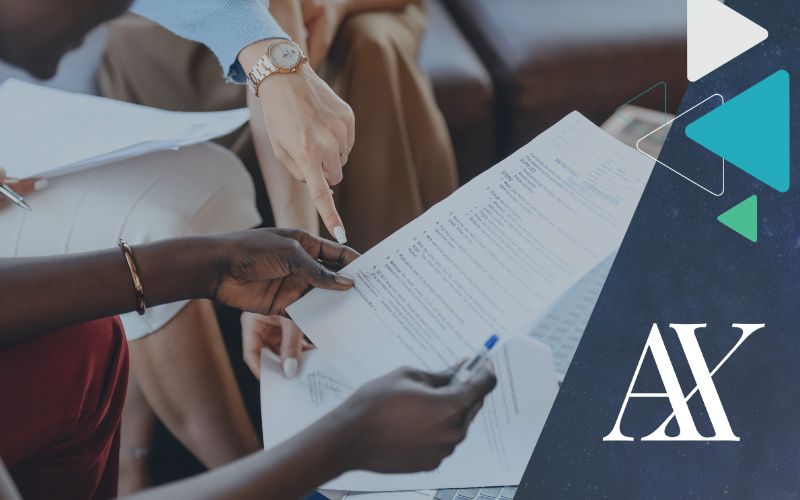In our diverse and interconnected world, translation services play a crucial role in bridging language barriers and facilitating communication across cultures. Whether it’s for business, legal, academic, or personal purposes, a reliable translation can make all the difference. However, with the abundance of translation tools and services available, how can you be sure that a translation is accurate and of high quality? Let’s delve into some key considerations to ensure the correctness of a translation.
1. Certified Translators
One of the most reliable ways to ensure the accuracy of a translation is to work with certified translators. Organizations like the National Accreditation Authority for Translators and Interpreters (NAATI) offer certifications that guarantee a certain standard of expertise. NAATI-certified translators have undergone rigorous training and testing, ensuring they possess the necessary skills to provide accurate and high-quality translations.
2. Check for Contextual Understanding
A good translator not only translates words but also understands the context and nuances of the text. When evaluating a translation, consider whether the translator has captured the intended meaning of the original text. This includes understanding cultural references, idiomatic expressions, and tone. A skilled translator will ensure that the translated text reads naturally in the target language.
3. Reviewing Sample Work
Before committing to a translation service, ask for samples of previous work. This allows you to assess the quality of their translations and ensure they align with your expectations. Look for clarity, accuracy, and readability in the samples provided. If possible, seek references or reviews from others who have used the same translation service.
4. Language Pair Specialization
Translations are most accurate when done by translators who are native speakers or have a deep understanding of both the source and target languages. Some translators specialize in specific language pairs, which can enhance the accuracy and fluency of the translation. For example, a translator fluent in both English and French may provide more accurate translations between these languages compared to a general translator.
5. Use of Translation Tools
While translation tools like Google Translate can be useful for basic understanding, they are not foolproof for accurate translations. Professional translators may use specialized translation software to aid their work, but they rely on their expertise to ensure the final result is accurate and nuanced. Be wary of translations that appear overly mechanical or lack context, as these could indicate reliance solely on automated tools.
6. Proofreading and Editing
A crucial step in ensuring translation accuracy is thorough proofreading and editing. Even the most skilled translators can make errors, so having a second set of eyes review the translation is essential. Look for translation services that offer proofreading and editing as part of their package. This extra layer of review can catch any discrepancies or errors, ensuring a polished and accurate final product.
7. Clear Communication with the Translator
When working with a translator, clear communication is key. Provide background information, context, and any specific requirements for the translation. This helps the translator better understand your needs and ensures they deliver a translation that meets your expectations. Maintain an open line of communication throughout the translation process to address any questions or concerns that may arise.
In a world where communication knows no borders, accurate and reliable translations are essential. Whether you’re translating a legal document, marketing materials, or personal correspondence, ensuring correctness is paramount. By following these steps—working with certified translators, checking for contextual understanding, reviewing sample work, considering language pair specialization, being cautious with translation tools, utilizing proofreading and editing, and maintaining clear communication—you can increase the likelihood of receiving a correct and high-quality translation.
Remember, the goal of a good translation is not just to convert words from one language to another but to convey meaning, tone, and intent accurately. By investing time and effort into verifying the quality of a translation, you can confidently communicate across languages and cultures, fostering understanding and connection in an increasingly globalized world.





